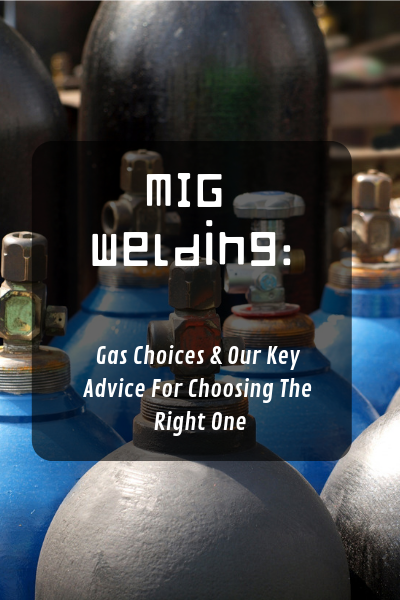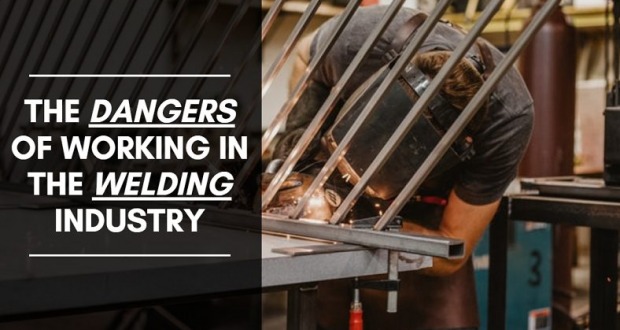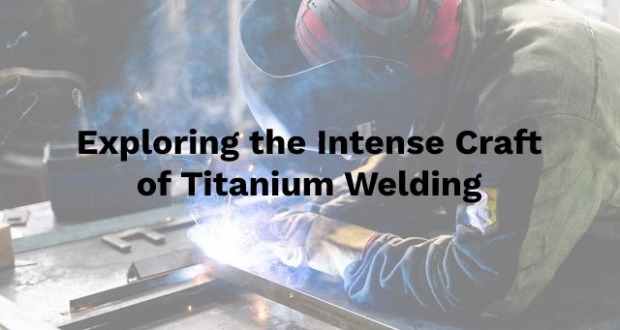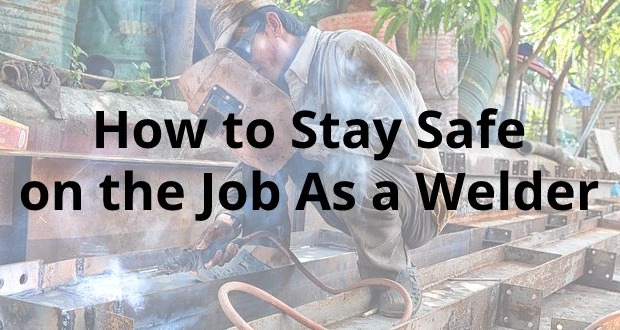
When you are MIG welding, you’re required to use a shielding gas as part of your work. Different gases, and the gas blends that are available, will make an impact on your overall work.
There are currently three pure gases that are used as part of the MIG welding process right now:
- Argon (Ar).
- Helium (He).
- Carbon Dioxide (CO2).
You will discover that there are three other gases that are used with these options to create specific results too. They are oxygen, hydrogen, and nitrogen. Adding one (or more) of these gases will modify your arc characteristics, which can change your pool or weld.
Your shielding gas combination may also affect metal transfer or the overall performance that is obtained by your equipment, whether you’re using FCAW, GMAW, or GTAW.
Results to Expect with MIG Welding Gases
To decide which shielding pure gas or gas combination should be used, it is essential to look at the characteristics of each gas.
#1. Argon
This shielding gas is heavier than atmospheric air and has low thermal conductivity. This makes it ionize better within a welding arc. You’re able to blanket your welding zone with gas, which makes it easier to start the arc. It is often used for non-ferrous metals and is the first-choice option when high-productivity welding is required.[1]
#2. Helium
Because this shielding gas is lighter than atmospheric air, you’re faced with greater challenges. It requires a high flow rate, which reduces the levels of electrical conductivity when compared to argon. The thermal conductivity, however, is still excellent. Helium is rarely used in its pure form, but it is used to enhance other gases to improve the overall performance of the work being done.
#3. Carbon Dioxide
This shielding gas will disassociate at the temperatures an arc is used, recombining as it hits a colder base material. This helps you transfer the energy produced by your arc to the pool formed. You’re able to penetrate deeper with your weld with this gas, but it also creates more slag because of its oxidizing qualities. Although it can be used alone, it is often mixed with argon for best results.
#4. Oxygen
When used as a shielding gas, you’ll find an improved arc performance awaiting your GMAW work. It enhances the stability of the arc while causing tension reduction at the surface of your pool. That means your pool has more fluidity to it, allowing you to pursue better welding characteristics. It does contribute to slag deposits, however, so it is often used with argon at a 5% ratio or less.
#5. Nitrogen/Hydrogen
Most welders will only use this shielding gas when they are working with 300-series metals. Nitrogen is able to improve arc stability while offering a deeper penetration to the weld. Hydrogen works a lot like oxygen to improve the fluidity of the pool you’ve created.
If you use nitrogen with carbon steel, there is a known issue of porosity that must be taken into consideration. Hydrogen is known to cause cracking in some materials when using it for welding outside of stainless steel.
Blend Options for MIG Gases
When you use a shielding gas for MIG welding, you can choose to use a pure gas. You can also choose to blend gases into two-part or three-part blends, depending upon the applications that you’re working on.
Two-part blends are usually a mix of argon and something else to improve bead appearance, out-of-position performance, or reduce the amount of weld spatter that happens. In some situations, a two-part blend with carbon dioxide is able to reduce welding fumes. You can also improve travel speed, work with aluminum, or enhance penetration, depending on the blend that you choose.
Three-part blends give you another layer of welding enhancement because you’re able to create specific shielding characteristics. This type of blend works best with spray transfers and short-circuiting because you have reduced spatter, better weld beads, and improved stability for your arc.
One common three-part blend uses argon, carbon dioxide, and oxygen. This combination gives you the opportunity to join various thicknesses and types of carbon steel together. Using helium instead of oxygen will improve travel speed.
Why Optimal Gas Flow is Important
The flow rates for your shielding gas are determined by your operating parameters, welding position, and your overall process.
If you’re using GMAW or FCAW, you’ll find that the optimal gas flow rates are quite variable. Some may be as high as 45 cubic feet per hour.
With GTAW, the flow rates are usually between 15 to 20 cubic feet per hour, with some being as low as 10 cubic feet per hour.
If you are flat-position welding, a helium-enhanced shielding gas will require a higher flow rate than an argon blend. If your nozzle-to-distance ratio is kept close, you can reduce your optimal rate.
Going higher than the optimal flow rate almost always reduces the quality of the weld because more atmospheric gas is drawn into your arc zone. Try to keep the flow rate below 50 cubic feet per hour for the best results.
Shielding Gas and Cost Considerations
If you want to join metals effectively through MIG welding, then the selection of your shielding gas is one of your most important considerations. Whether you’re working on aluminum, stainless steel, or carbon steel, proper gas selection will improve arc stability, reduce spatter, and give you a better bead shape.
With a two-part blend, you’ll find even more opportunities to work thanks to improved performance on most types of steel welding applications, especially when using pulsed spray or conventional transfers.
Three-part blends are a good option when you want to reduce the levels of post-weld cleanup your experience. The lower spatter, combined with the better bead appearance, will give you good weld productivity at the same time.
Your welding position, the thickness of your base metal, and even your personal welding skills must all be accounted for. When you understand your shielding gases, it becomes possible to improve the quality of your weld while reducing your overall costs.




















